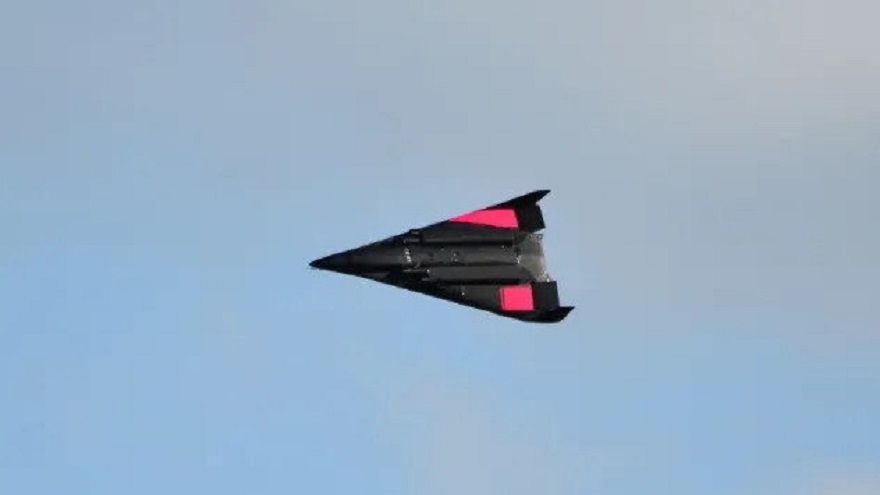Startup Polaris Spaceplanes has completed a series of test flights of the MIRA-Light spaceplane. It has a size of only 2.5 m, but is only a model of the AURORA spacecraft, which will be able to lift up to 1000 kg of payload into orbit.

Polaris Spaceplanes completed tests
The German company Polaris Spaceplanes announced the successful completion of flight tests of its MIRA-Light spaceplane. They took place from August 22 to September 8 and were intended to demonstrate the aerodynamic characteristics and controllability of the vehicle.
In general, MIRA-Light made 15 flights with a total duration of 40 minutes. The vehicle has a length of only 2.5 meters and is, in fact, a scale model created before testing significantly larger aircraft.
The vehicle was equipped with a mock aerospike jet engine in 10 out of 15 flights in order to understand how it affects the behavior of the vehicle. This type of engine is a variant of a conventional aircraft engine, which is capable of operating at a significantly lower air density. Therefore, it is considered as the basis of a new generation of aerospace systems.
Large spaceplane from Polaris Spaceplanes
MIRA-Light is already the fourth vehicle created by Polaris Spaceplanes in recent years. All the previous ones were intended to test various concepts of how to reach orbit by launching from a conventional airfield.
After the success of MIRA-Light, engineers plan to take up its enlarged copy called MIRA. It will have a size of 4.25 m and will already be equipped with an effective instance of a wedge-air jet engine.
If the MIRA tests are successful and its flight systems demonstrate their effectiveness, then the researchers will proceed to testing the next vehicle called NOVA. It will already have a size of 6.7 m.
NOVA will be lifted off the ground by four conventional aircraft engines that will run on kerosene. And after reaching a certain height, the spaceplane will turn on the kerosene-fueled jet engine and pick up speed.
However, this is not all. In the end, engineers want to move on to a vehicle that will have a practical application. It will be called AURORA and will be able to launch 1000 kg of payload into space, starting from the airfield and returning to it. Its tests are scheduled for 2026.
According to www.space.com
Follow us on Twitter to get the most interesting space news in time
https://twitter.com/ust_magazine
